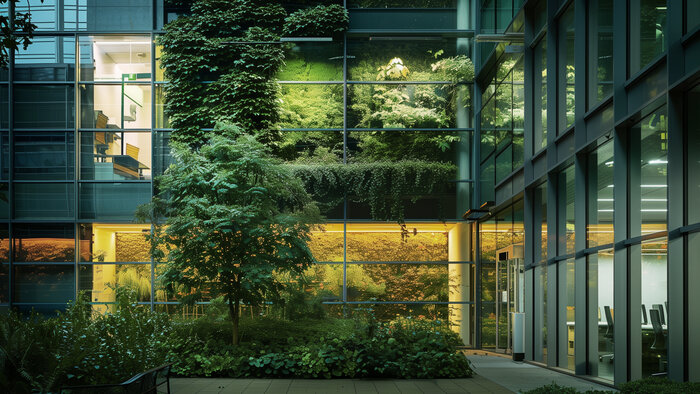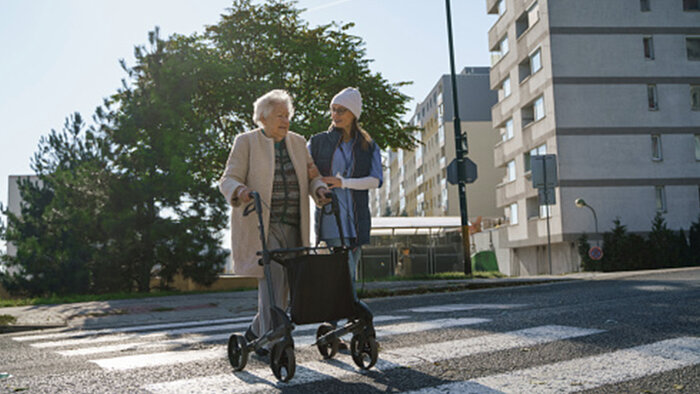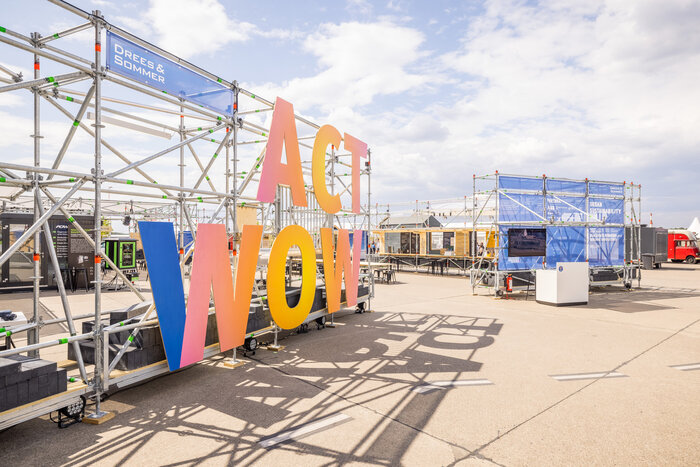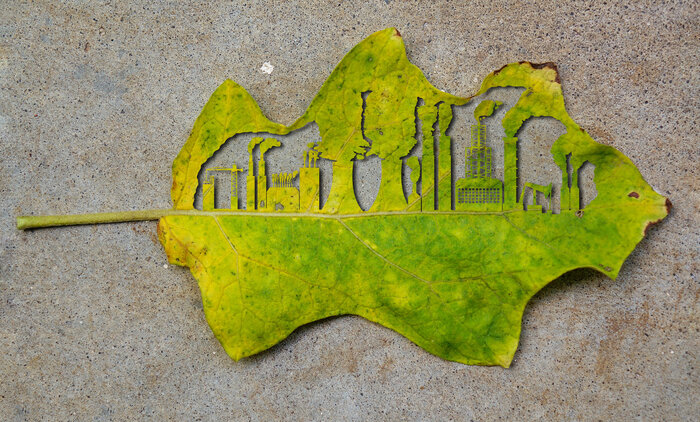Solutions to water scarcity

Water shortages have long since ceased to be a problem solely in areas with historically high temperatures and low rainfall. Groundwater levels are falling in Germany too, and prolonged periods of drought are putting a strain on many areas of life and the environment. Our experts in the water industry are thinking of solutions and are involved in lighthouse projects.
Lake Constance holds about 50 trillion liters of water. That is roughly equivalent to the annual water consumption of one billion single households or the volume of around 400 billion bath tubs. 50 billion liters of freshwater—that’s how much Germany has lost within two decades, according to analyses of satellite images.
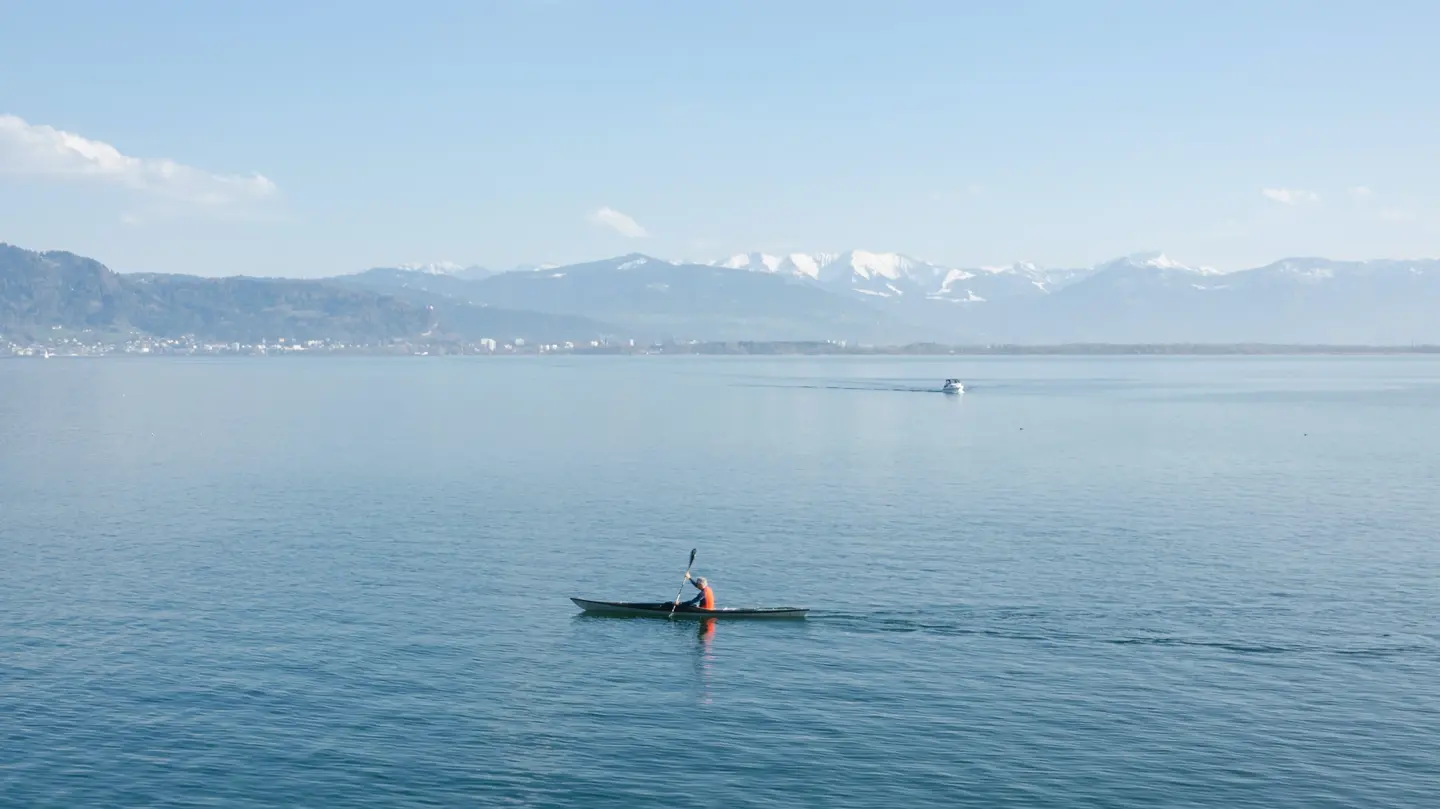
In the last two decades Germany has already lost as much freshwater as there is in Lake Constance.
When you think of water scarcity, you don’t tend to think of Germany, at least not at first. That said, this issue has affected even us. It is a direct effect of global warming and extreme weather events. Long periods of drought threaten the water infrastructure (as do floods caused by heavy rainfall). Groundwater supplies are declining, and that is bad news. According to the Federal Environment Agency, 70 percent of Germany’s drinking water comes from groundwater.
Water scarcity in Germany
- If the groundwater sinks, cracks can appear on buildings as the soil contracts.
- In Saxony-Anhalt, which was particularly affected by drought, fire brigade water reservoirs dried up in 2022.
- Some cities and districts have temporarily prohibited the extraction of groundwater, for example, for irrigation during drought periods. The Strausberg-Erkner water board in Brandenburg capped annual consumption in new contracts and threatened penalties for exceeding them.
- BUND addresses the cosequences of low water in rivers for inland navigation, which can come to a standstill as a result, and with it delivery traffic, which can lead to bottlenecks.
- The German Federal Environment Agency points out that drought and crop failures in soils cultivated by humans “generally lead to high nutrient surpluses of nitrogen and phosphorus.”
Solutions to water scarcity in Germany
In a National Water Strategy adopted by the German Cabinet in mid-March 2023, the German Federal Government presented ten strategic themes on “Challenges, Vision, and Transformation toward Sustainable Water Management” and an action program with measures until 2030. The paper states, among other things: “The best way to deal with conflicts of use is to prevent them from arising in the first place, if possible, or to minimize them by acting with foresight and precaution.”
Our team of experts specializing in water believe that acting with foresight and precaution means first and foremost planning neighborhoods differently—i.e. in such a way that “sponge cities” are created. Their most important component is large-scale greening that allows for infiltration. The aim is to use rainwater more efficiently. There is a new residential area of the city of Hildesheim called Wasserkamp, for example, which is designed according to this principle.
A sustainable neighborhood with 900 apartments in Berlin is currently being built by STADT UND LAND Wohnbauten-Gesellschaft mbH with a versatile drainage concept. In addition to a carbon-neutral heat supply, an innovative rainwater management system was designed for a neighborhood without runoff. For example, the planning includes a versatile combination of elements such as deep beds, swales, and tree trenches, supplemented by large-scale infiltration options in the adjacent landscape park.
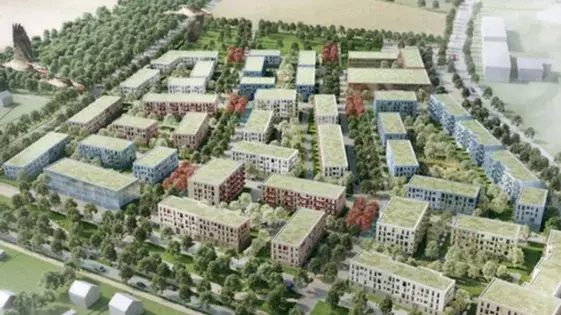
Berlin’s “Buckower Felder” neighborhood shows the way as a “zero runoff area” is being created here
Water scarcity solutions means thinking about water in cycles
The ideas behind this are not new; underground cisterns with a system that is completely disconnected from the urban rainwater system were already used in the redesign of Potsdamer Platz in Berlin in the 1990s.
And yet, according to Philipp Alber, Drees & Sommer expert for integrated water management, it is not enough to use what has long been technically possible. He also doesn’t consider water conservation to be the ultimate wisdom. He calls for a stronger circular thinking about water.
PHILIPP ALBER: “As long as we merely consume water without reusing it, we will not succeed in addressing water scarcity. What I mean by this is that for example, a building that produces clean drinking water instead of dirty wastewater is the direction in which we need to think.”
What does it take to make water cycles possible in buildings? Separate pipes for rainwater and drinking water, for one thing. Secondly, the much talked about rethinking, also with regard to regulations and funding measures. This is because double pipelines are still too expensive, both in new buildings and in renovations of existing buildings.
However, the costs of inaction would be far higher in the long run in terms of society and the economy as a whole. This is reason enough to take action and to counteract the water shortage.
